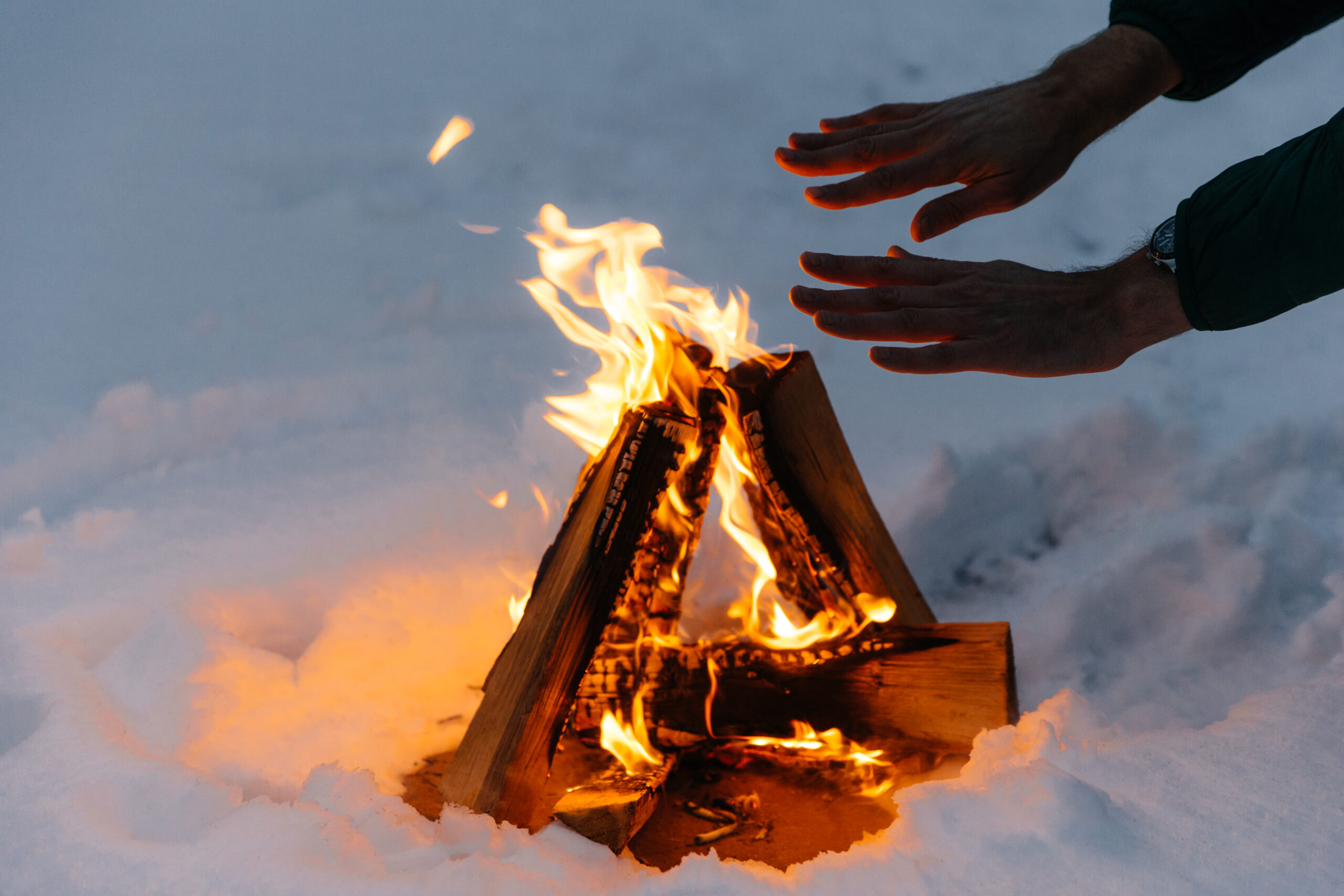Winter Scalp Heat Hair Loss: Is Hot Scalp Taking Your Hair Away?
Why does hair loss worsen in winter? Surprisingly, the culprit is "heat." et’s explore the truth behind winter hair loss and scalp heat.
Despite the freezing weather, your scalp can become hot during winter. While it's easy to assume that hair loss in winter is caused by dryness, scalp heat is actually one of the main reasons for hair loss during this season.

What is scalp heat?
Scalp heat refers to a condition where body heat does not circulate normally and accumulates in the upper body and scalp. It can feel like your whole body is in a sauna, and you may experience symptoms like a red, itchy scalp or a hotness.

Why does scalp heat occur in winter?
Dry environment: The dry air of winter can dry out the scalp, leading to scalp heat. Poor blood circulation: The cold weather and sudden temperature changes between indoors and outdoors constrict blood vessels, impairing blood circulation. This causes cold extremities while heat builds up in the face and scalp. Stress: Cold weather and year-end stress can disrupt the autonomic nervous system, increasing scalp heat.

Why does scalp heat cause hair loss?
Hair Follicle Damage: Excessive heat can damage hair follicles and hinder hair growth. Impaired Blood Circulation: Scalp heat interferes with blood circulation to the hair roots, cutting off the supply of nutrients needed for hair. Increased Sebum Production: Scalp heat can increase sebum production, leading to scalp inflammation and weakening of hair.

How to prevent and manage scalp heat-induced hair loss?
Maintain a proper indoor temperature: Use a humidifier with your heater to keep humidity levels balanced, and minimize indoor-outdoor temperature differences. Drink plenty of water: Drink plenty of water to prevent scalp dryness. Scalp massage: Regular scalp massages promote circulation and calm the scalp. Manage stress: Meditation, yoga, and exercise can help relieve stress and improve circulation. Foot baths and half baths: These can improve blood circulation.
Winter scalp heat can arise from dry weather, sudden temperature changes, and stress, making it a key cause of hair loss. By maintaining healthy habits, such as controlling humidity, staying hydrated, and managing stress, you can help prevent and alleviate hair loss.


